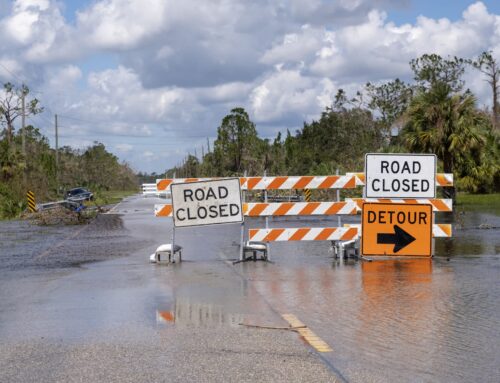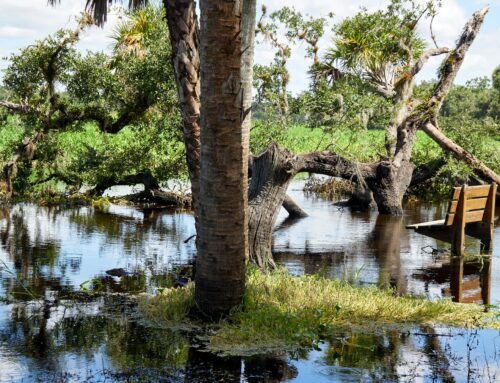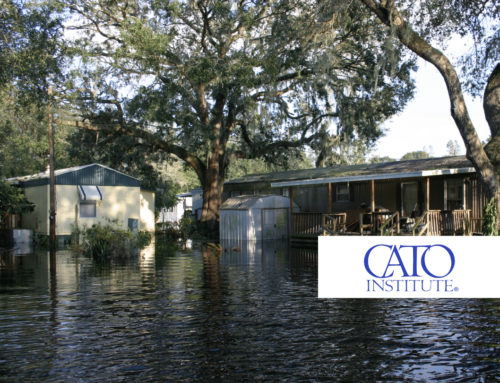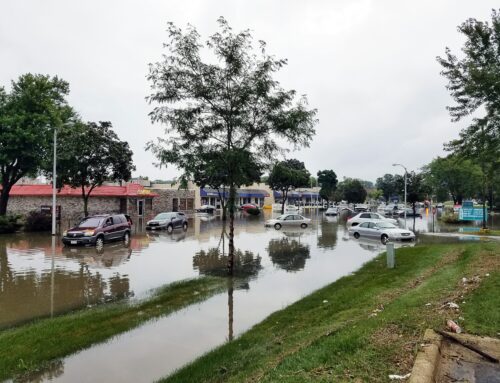It’s finally infrastructure week. Months of back and forth between the White House and Congress resulted in the Senate’s release of details on its bipartisan infrastructure framework (BIF) late Sunday night. Usually this time of year, lawmakers jet out of the nation’s capital for August recess, state fairs, and fundraising BBQs. But instead of gnawing on deep fried Twinkies or turkey legs, this year senators are in town debating their version of the Infrastructure and Investment Jobs Act. (The House on the other hand is watching the action on c-span.)
Even setting aside for a moment the debate about what constitutes “infrastructure,” the bill’s size brings up questions. Weighing in at a hefty 28 pounds—we printed and weighed it—the 2,702-page bill unlocks nearly $1.2 trillion in spending. The sheer volume of cash could present a challenge for agencies to effectively manage. For one,
- The National Telecommunications and Information Administration, a part of the Department of Commerce, currently manages broadband grant programs worth roughly $1.5 billio The bill directs them to implement nearly $50 billion in broadband funds.
- The Civil Works Division of the Army Corps of Engineers, accustomed to less than $3 billion in annual Construction Account funds, would receive $11.6 billion.
- Various parochial economic development Regional Commissions would get nearly $2.5 billion in “emergency” funds. What emergency is being addressed is left unstated. And this money comes despite a lack of evidence these commissions do in fact spur economic development. Something auditors and economists have been pointing out since a freshman Senator Joe Biden first stepped into town.
Trucking loads of cash to agencies without ensuring they have adequate capacity to manage those funds can be problematic. Recent experience with the deluge of COVID-19 funds, from pandemic agriculture subsidies to the Paycheck Protection Program, show sudden showers of federal dollars can spring forth waste, fraud, and abuse. The bill does provide funding to many Inspectors General to conduct oversight. And taxpayers might be able to take solace in the fact the bulk of assistance is being channeled to existing programs. So, an optimist would think the guidance and guardrails are there to produce effective implementation.
But a realist knows these large pots won’t fund nearly the number of projects they could. That’s because the bill repeatedly undermines a tried-and-true means of getting both more and more efficient projects from federal investments – cost-share. Federally funded infrastructure projects almost always require the beneficiary to pick up part of the tab. It’s common sense. People are more diligent when spending some of their money instead of only yours. Always.
The bill, however, repeatedly eliminates or greatly reduces non-Federal cost-share requirements, putting more projects on the federal tab. For example,
- The $2.5 billion to construct projects for inland barge operators, which is supposed to be split 50-50 between the barge operators and Uncle Sam, ends up being 100 percent federal.
- Farmers, ranchers, and others undertaking projects authorized by the Bureau of Reclamation are still responsible for a share of the costs. Except the bill lets them use unspent COVID-19 assistance funds (federally provided) to cover the, um, non-federal portion of the bill.
- Drinking water revolving funds, broadband grants, you name it, the Secretary in charge of the program can waive the cost-share. Even if the investments are all valuable, taxpayers are getting less bang for their buck than if states, ports, or other non-federal “partners” chipped in their fair share.
- The bill puts taxpayers on the hook for $19 billion to clean up abandoned mines and orphaned oil and gas wells. The hundreds of thousands of abandoned sites dotted throughout the country are the legacy of oil, gas, coal and hardrock mining operations and those industries should be footing the bill. But the bill fails to fix the inadequate existing bonding requirements to make sure operators pay for cleanup and prevent more abandoned mines and orphaned wells leaking methane in the future. AND it reduces fees on coal production that make sure the industry helps pay on the back end.
Still leaving aside the definitional debate about infrastructure, some of the bill’s provisions do not belong in an infrastructure package, however you define it. Case in point:
- The United States Coast Guard is set to receive $309 million for various military construction projects that were on its Unfunded Priorities List. While constructing housing in Kodiak and renovating the barracks at the Coast Guard Academy can be considered “infrastructure,” they should be funded in the regular appropriations process. Allowing military construction in an infrastructure package opens an expensive can of worms. The other four branches (or five with Space Farce) have plenty of infrastructure items on their Unfunded Lists.
- It contains 57 pages of legislative text to implement “Build America, Buy America” protectionism policies. It extends to most infrastructure requirements that iron, steel, and other construction products be made in America. While economists point out these requirements increase costs and reduce the number of projects that get constructed, they are a prime source of parochialism and waste.
- And things like $500 million for USDA’s Watershed and Flood Prevention Operations or $300 million for the Emergency Watershed Protection Program aren’t infrastructure investments, they’re disaster response. The title speaks for itself. But if the train is leaving the station…
Which leads to the last problem. Senators are treating the Infrastructure Investment and Jobs Act as the only game in town. It’s looking more and more like annual appropriations will be rolled into a continuing resolution freezing next year’s spending at this year’s level – at least for some period of time. And the reconciliation package, if it materializes, is a no go for Republicans. So, every hobby horse is looking to catch a ride:
- That Coast Guard funding we said shouldn’t be included? Ernst (R-IA) and Wicker (R-MS) have an amendment to add $800 million to fund more unfunded priorities for the Coast Guard without a hint of infrastructure, like aircraft and tuition assistance.
- Wicker would also add $25 billion to fund the misguided SHIPYARD Act and hand out billions of that to well-heeled defense contractors.
- Senators from Louisiana, New Jersey, and Mississippi want to stick taxpayers with more of the tab from the overly subsidized federal flood insurance program. Their amendment would halve maximum premium increases for subsidized properties, stop interest payments on the program’s hefty debt to taxpayers, undercut efforts to modernize the program and create a new $25 billion pot of Community Development Block Grant funds that would largely benefit flood-prone properties in their states.
- And the corn caucus wants to expand the use of 15 percent ethanol (E15) despite losing a recent court battle.
Even if they get this locomotive moving, it’s going to have to idle for a time until the House takes the wheel. The longer packages like this hang around, the more they begin to smell of smoke from the back room deals cut to garner passage, so it still may go careening off the rails.











Get Social